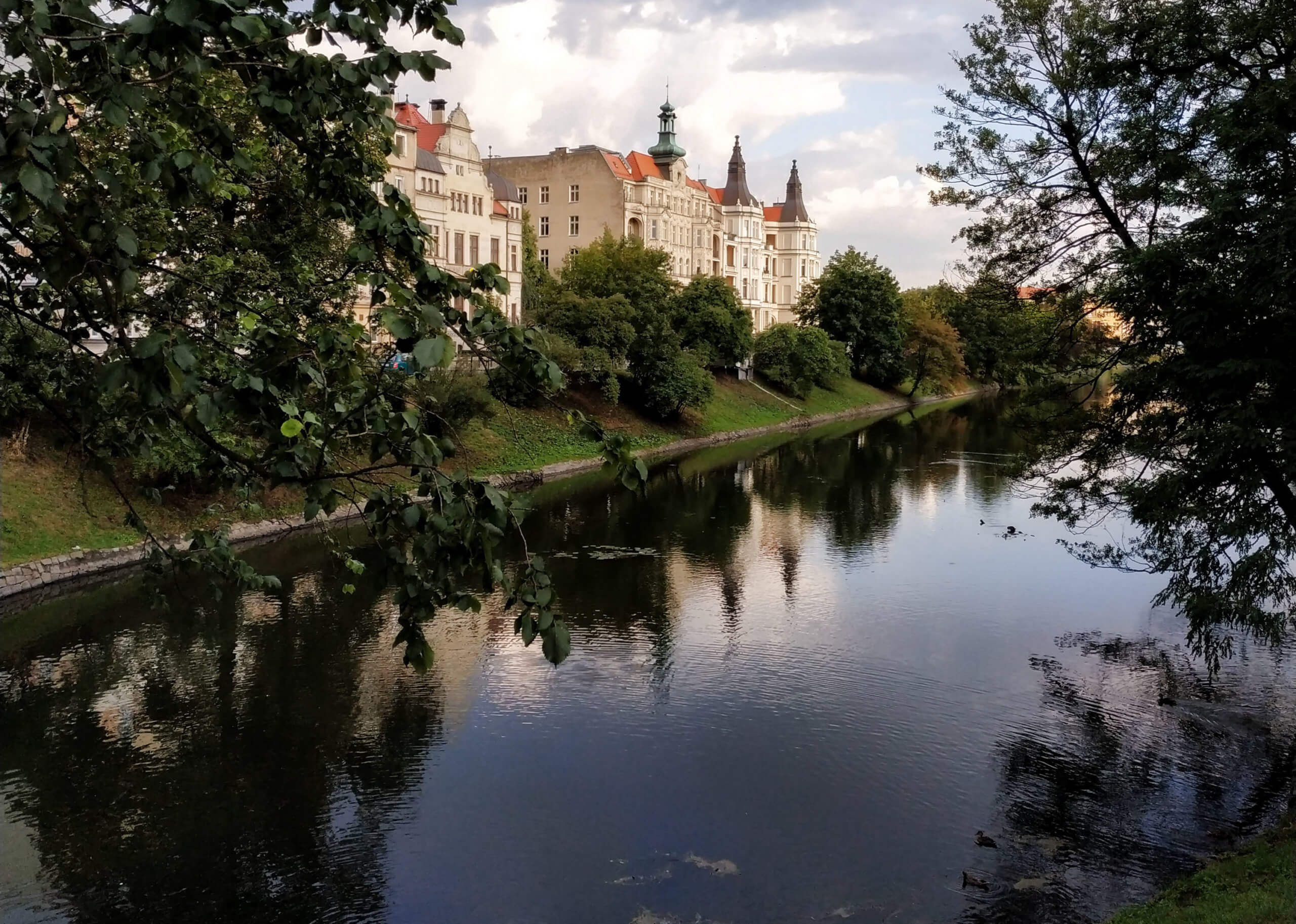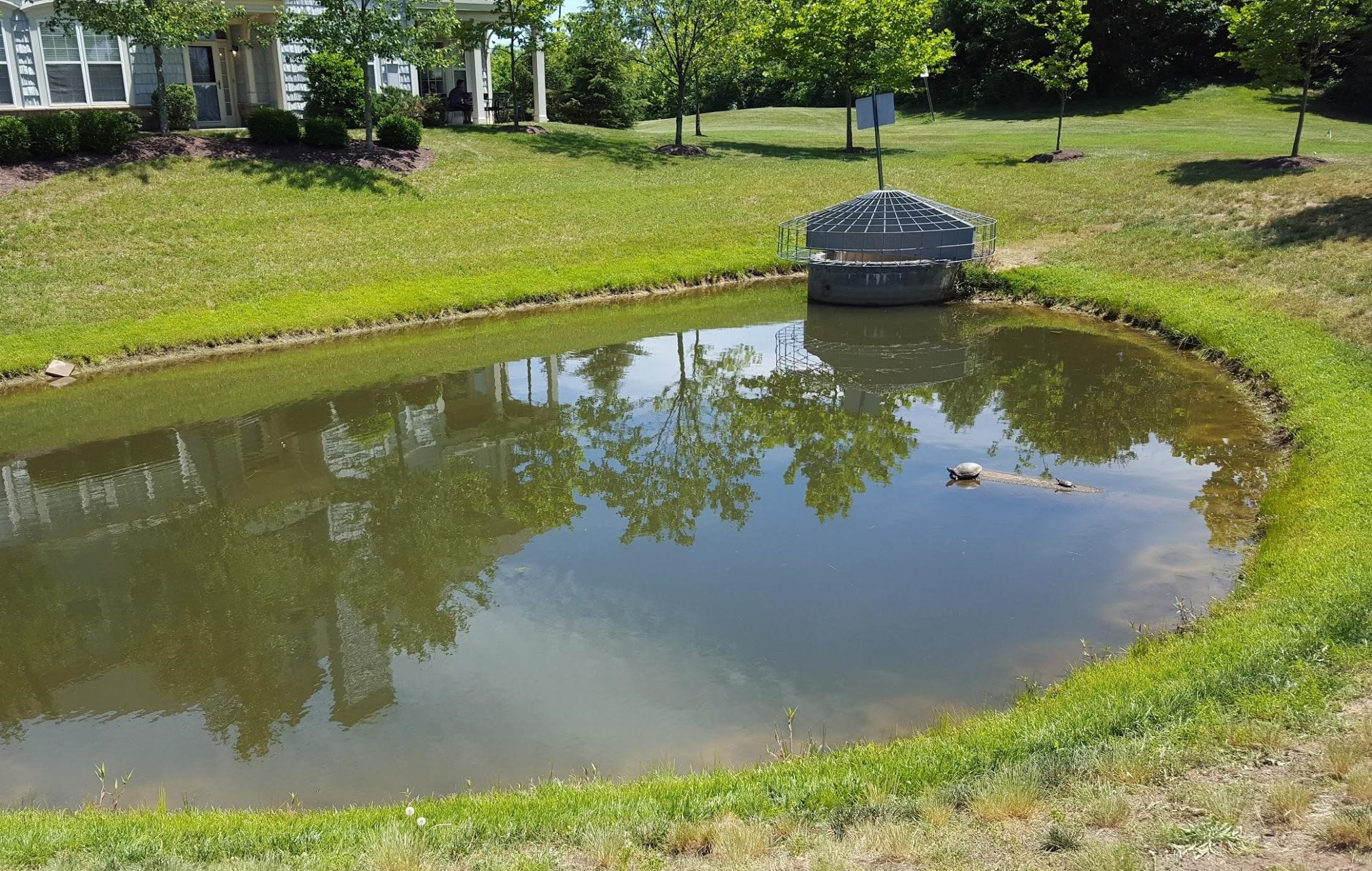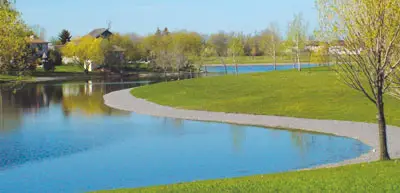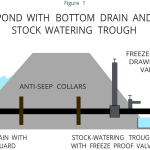Retention ponds are artificial bodies of water designed to manage stormwater runoff, control flooding, and improve water quality. These ponds play a crucial role in urban and suburban areas where impervious surfaces like roads, parking lots, and buildings prevent rainwater from naturally soaking into the ground.
Stormwater Management
One of the primary purposes of retention ponds is to control stormwater runoff. When it rains, water flows over impermeable surfaces and collects pollutants like oil, grease, and sediment. Retention ponds capture this runoff, allowing sediments to settle at the bottom and pollutants to be filtered out before the water is slowly released into nearby water bodies or infiltrated into the ground.
Flooding Control
Retention ponds help prevent flooding by temporarily storing excess water during heavy rain events. By holding back stormwater, these ponds reduce the peak flow rate of runoff, which can help alleviate pressure on drainage systems and prevent downstream flooding. The gradual release of water from retention ponds also helps control erosion and protect nearby properties from water damage.
Water Quality Improvement
Another important function of retention ponds is to improve water quality. By capturing and treating stormwater runoff, these ponds help remove pollutants and contaminants before the water enters natural water bodies like rivers, lakes, and streams. This process helps protect aquatic ecosystems and ensures that the water is safe for wildlife and human use.
Recharge Groundwater
Retention ponds also play a role in recharging groundwater supplies. By allowing stormwater to infiltrate into the ground, these ponds help replenish aquifers and maintain water levels in underground reservoirs. This process is essential for sustaining drinking water sources and supporting ecosystems that rely on groundwater for survival.

Credit: keckwood.com
Enhancing Urban Landscapes
Aside from their functional benefits, retention ponds can also enhance the aesthetic appeal of urban landscapes. When designed with landscaping features like native plants, rocks, and wildlife habitats, these ponds can create green spaces that improve air quality, provide habitat for wildlife, and offer recreational opportunities for residents.
Types of Retention Ponds
Retention ponds come in various shapes and sizes, each serving a specific purpose based on the site’s requirements. Some common types of retention ponds include:
| Type of Retention Pond | Function |
|---|---|
| Detention Ponds | Temporary storage of stormwater to control peak flow rates |
| Wet Ponds | Permanent storage of water with aquatic vegetation to treat pollutants |
| Constructed Wetlands | Natural or engineered wetlands that treat stormwater through biological processes |

Credit: ideasforus.org
Conclusion
Retention ponds are versatile stormwater management tools that offer numerous benefits to communities and the environment. By capturing and treating stormwater runoff, controlling flooding, improving water quality, recharging groundwater, and enhancing urban landscapes, these ponds play a vital role in sustainable water management practices. As urban areas continue to grow and develop, the importance of retention ponds in mitigating the impacts of stormwater runoff cannot be overstated.





